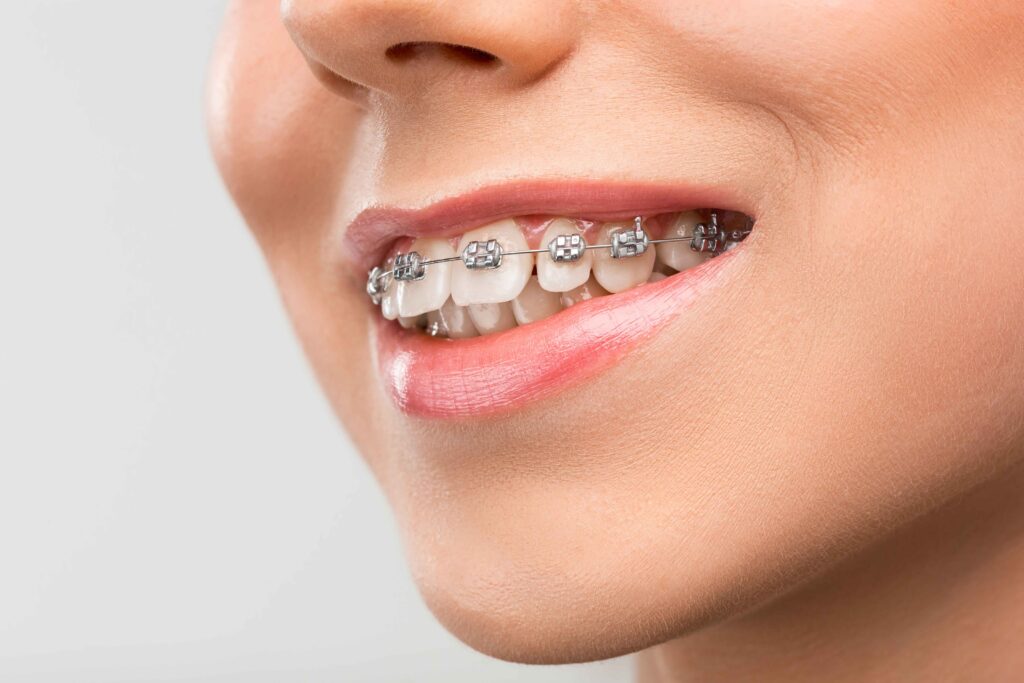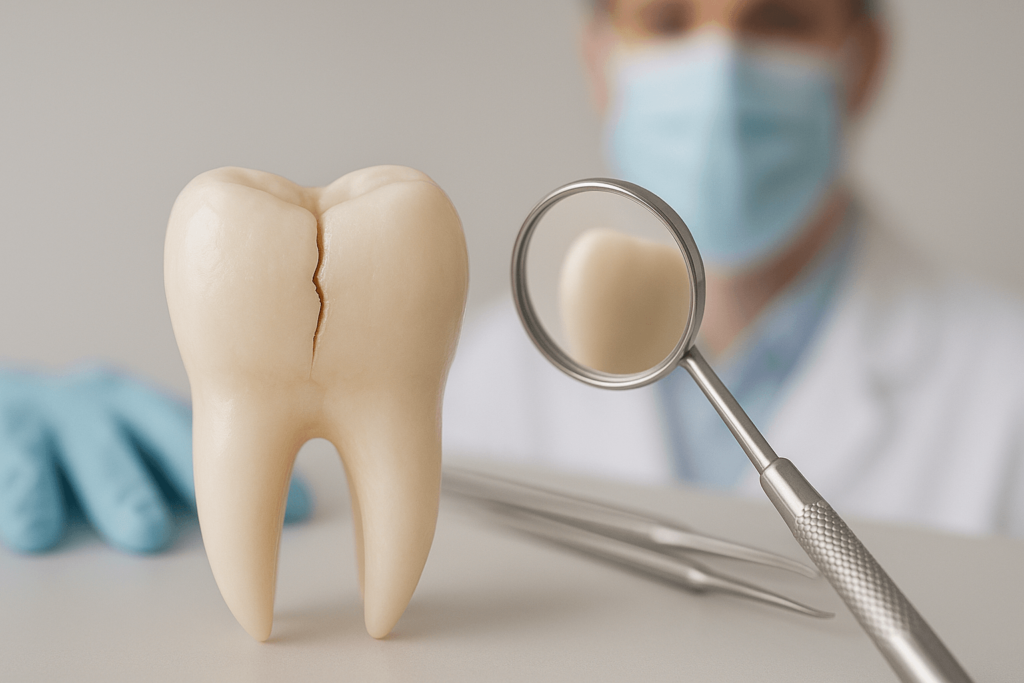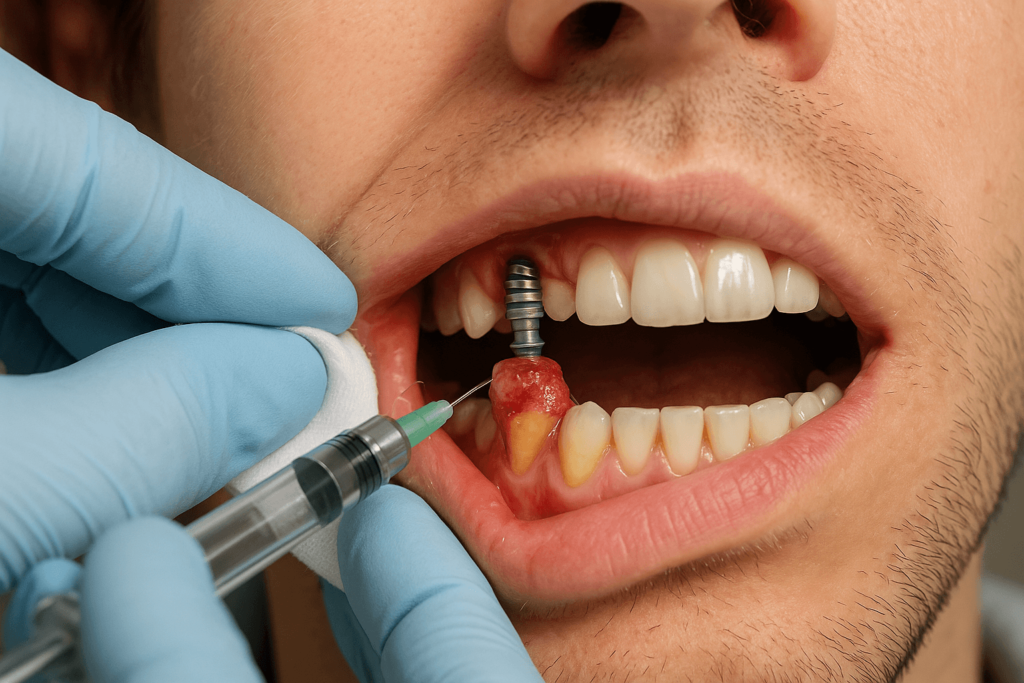
Wearing braces or clear aligners can transform your smile into something beautifully straight and confident. However, the beginning of your orthodontic treatment often comes with minor discomfort as the brackets, wires, or edge of your aligners may rub against the soft tissue inside your mouth. This irritation can leave your cheeks and gums feeling irritated, especially in the early days of getting used to your new appliances. Thankfully, dental wax is an extremely affordable and effective way to provide immediate relief and protection, helping to reduce pain and prevent further discomfort.
Using orthodontic wax is simple and effective. Available at your orthodontist or a local drug store, this specialized substance creates a barrier between your orthodontic appliances and your mouth, allowing soft tissues to heal and adapt. To use it properly, clean the area thoroughly, apply a small amount of orthodontic wax, and ensure it stays in place. This non-toxic product can be used safely, even if swallowed accidentally. Over time, your mouth will become accustomed to the appliances, and the irritation will reduce significantly.
If you’re unsure of the do’s and don’ts when applying dental wax, take time to read this article to learn the best practices. Replace the wax as needed and avoid reusing old pieces. For persistent discomfort, don’t hesitate to consult your orthodontist for adjustments to ensure the best results. Whether you’re a young patient or an adult, the right care and tools can make your journey to a perfect smile both manageable and rewarding.
What Makes Dental Wax So Useful?
Dental wax is a pliable material made from natural waxes, such as carnauba wax or beeswax, and sometimes includes microcrystalline or paraffin wax derived from petroleum. Many wax products are enhanced with modifiers and fillers to improve their function, while some are flavored, like mint, to make them more pleasant to use. This orthodontic product is non-toxic and completely safe for your mouth, even if you accidentally end up swallowing a small quantity while speaking, chewing, or sleeping.
Specially designed for braces and clear aligners, dental wax creates a protective barrier to prevent irritation and allows the mouth to heal. Its application and removal process is simple, and it’s an ideal solution for providing relief from pain. Whether you’re using orthodontic appliances or addressing minor irritation, this inexpensive product offers a tasteless, safe, and effective way to manage discomfort.
How Does Dental Wax Help Ease Discomfort?
Wearing orthodontic braces or clear aligners can sometimes lead to irritation as brackets, wires, or the edge of an aligner may rub against soft tissue inside your mouth. This contact often causes soreness, especially in the tongue, cheeks, or gums, until these areas toughen over time. Dental wax is an ideal solution with unique properties that create a smooth, protective barrier over troublesome spots like a sharp bracket, the end of a wire, or a rough aligner edge.
When applied, orthodontic wax clings securely to metal brackets or clear aligners, providing a buffer that protects the sensitive tissue in your mouth. The wax becomes softened at room temperature, allowing it to be shaped and molded to cover sharp areas effectively. This protective layer stays in place for extended periods and safely flakes away as it breaks down. Even if it is accidentally swallowed, the wax is completely safe, giving you peace of mind while it works to ease discomfort.
Steps to Apply Wax on Braces
Using orthodontic wax is a simple and incredibly useful tool for protecting your gums and cheeks from irritation caused by new braces or a protruding wire. Follow these easy steps to ensure proper application:
- Wash your hands thoroughly to prevent introducing bacteria during the process.
- Clean the tooth and bracket using a toothbrush to remove any food debris and ensure a smooth surface.
- Pinch a small, pea-sized amount of orthodontic wax, enough to cover the area causing discomfort.
- Warm the wax by rolling it between your fingers until it softens and can be easily shaped into a ball.
- Flatten the ball slightly, and gently push it onto the bracket, wire, or spot that’s causing the irritation.
- Check to make sure the wax is securely in place, creating a protective barrier over the area.
This process is effective for reducing irritation and allows your mouth to heal while adjusting to new braces.
The Do’s & Don’ts of Dental Wax
When using dental wax, follow these Do’s to ensure proper use of dental wax and get the best results for reducing irritation:
- Wash your hands thoroughly before touching the wax to prevent bacteria from entering your mouth or causing sores.
- Warm a small piece of wax by rolling it between your fingers for a few seconds, making it softer and easier to use.
- Dry the area you’re applying the wax to. A drier surface will help the wax stick longer and more securely.
- Replace dental wax as often as needed—at least twice a day or whenever it falls off. This prevents the wax from accumulating bacteria.
- Leave the wax in place overnight to give your mouth extra time to heal from any irritations caused by brackets or wires.
- Regularly check for bright red, swollen, or tender areas on the inside of your cheeks or lips. Apply wax to protect irritated spots and prevent cuts or infections.
- If pain persists, don’t hesitate to contact your orthodontist for necessary adjustments or additional relief.
Mistakes to Avoid When Using Orthodontic Wax
To get the most out of dental wax, avoid these common Don’ts:
- Don’t reuse old pieces of wax. Always replace the wax instead of leaving a single piece in place for more than two days.
- Don’t keep food stuck to the wax. Remove it before eating to prevent irritation and bacteria buildup. Replace the wax after every meal to keep the surface cleaner and longer-lasting.
- Don’t apply too much wax at once. A small, pea-sized piece is sufficient to cover the area causing discomfort. Too much wax can fall off easily.
- Don’t leave dirty wax in place for too long. Replace it if it becomes dirty or loses its stickiness.
- Don’t attempt to fix, bend, or cut wires or brackets yourself. This can worsen the problem and lead to more issues with your dental appliances. Always call your orthodontist if adjustments are needed.
- Don’t forget to brush your teeth before applying the wax. This will help reduce bacteria, remove food particles, and prevent further irritation.
- Don’t be alarmed if you swallow wax accidentally while eating or sleeping. The wax is non-toxic and won’t cause any problems.
By avoiding these mistakes, you’ll ensure that your orthodontic wax remains effective and keeps your dental appliances comfortable and clean.
How Dental Wax Helps You Stay Comfortable
At the beginning of your treatment, wearing orthodontic appliances like braces or aligners can feel uncomfortable, but dental wax is an essential tool that can provide immediate relief. This easy-to-use product creates a protective layer over trouble spots, ensuring your mouth adjusts to your appliances while keeping your journey to a straight, confident smile as pain-free as possible.
At Dental Verity, we strive to make your orthodontic experience a positive one. If you have questions about how to use dental wax or need more information, don’t hesitate to reach out to our team. We’re here to help and ensure you get the care you deserve.



